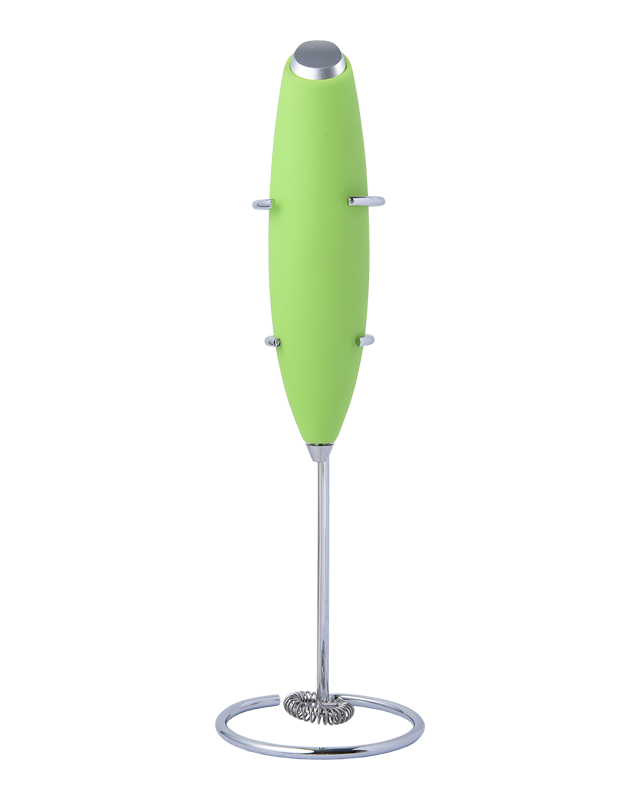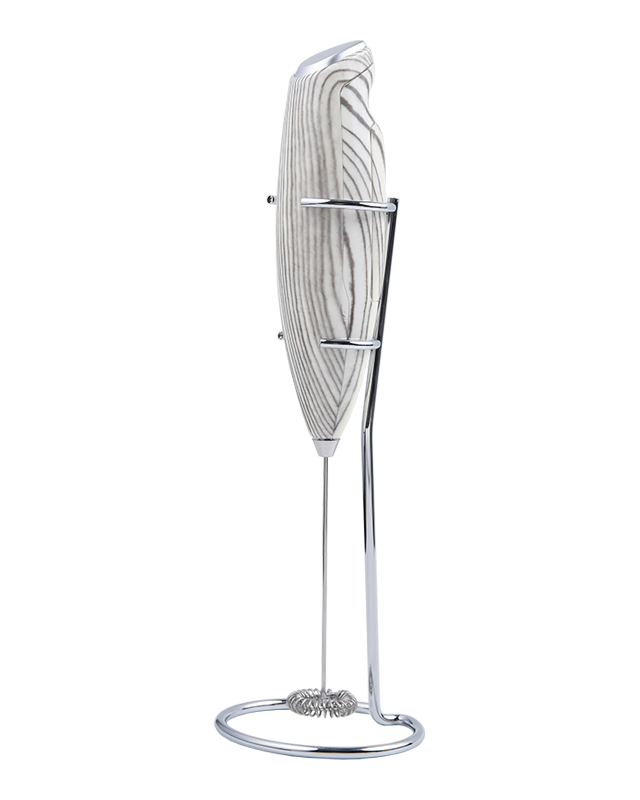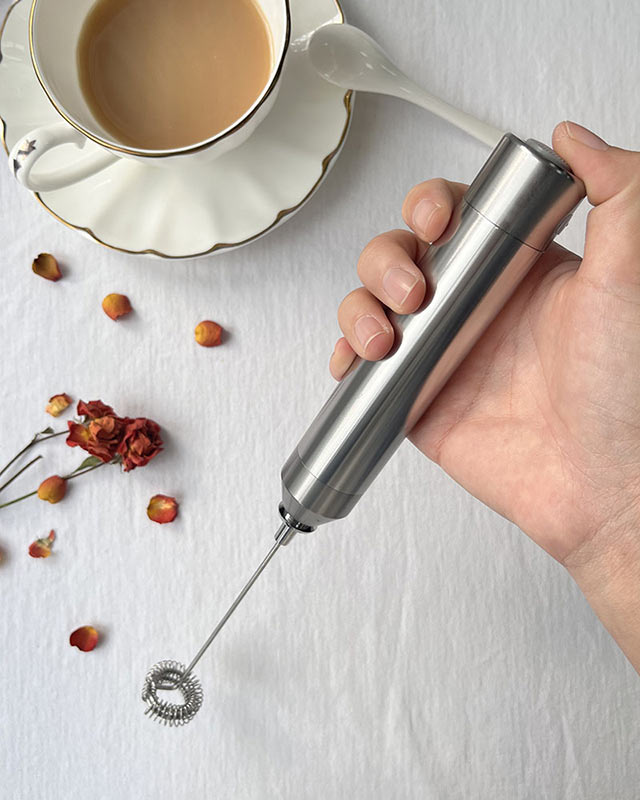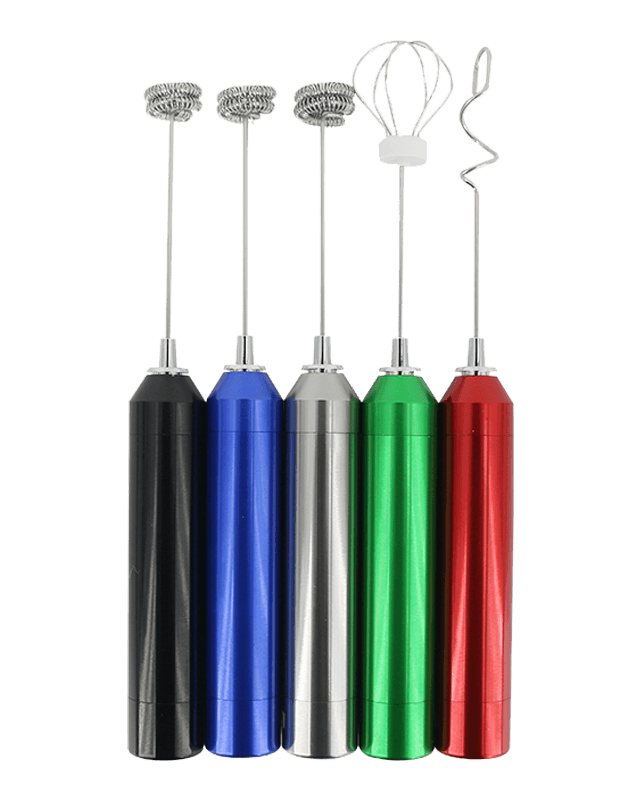The Electric Handle Milk Frother incorporates a sophisticated temperature control mechanism that is designed to automatically regulate the heating process to prevent overheating. Many models are equipped with thermal sensors that continuously monitor the milk’s temperature during frothing. These sensors are programmed to stop heating or reduce the temperature once the milk reaches an optimal frothing temperature, typically around 65°C to 70°C (149°F to 158°F). This temperature range is ideal for achieving creamy, rich froth without the risk of scalding the milk. By avoiding excessive heat, the frother ensures that the milk retains its sweetness and smooth texture, while also reducing the possibility of burning.
The design of the Electric Handle Milk Frother includes advanced heat distribution technology that helps ensure uniform heating throughout the milk. This may involve the use of coiled heating elements, induction heating technology, or well-distributed metal plates that evenly transfer heat across the milk’s surface. Many models include a rotating whisk or stirring mechanism that continuously moves the milk as it heats, preventing the milk from accumulating in one spot where heat might concentrate and cause burning. This even heating process guarantees that the milk is warmed consistently, resulting in a smooth, stable froth without the risk of over-heating any particular section of the liquid.
The internal construction of the Electric Handle Milk Frother features high-quality stainless steel or is coated with non-stick materials to ensure optimal heat conduction and minimize milk sticking to the interior surface. Stainless steel is known for its ability to retain and evenly distribute heat, preventing hot spots that can lead to burnt milk. It helps maintain a consistent internal temperature, ensuring that milk remains at the optimal frothing range for the best texture and taste. In frothers with non-stick coatings, the milk is less likely to adhere to the walls of the chamber, reducing the risk of the milk scorching and ensuring that the frother is easy to clean after use.
To improve user safety and comfort, many Electric Handle Milk Frothers come with an insulated exterior that effectively prevents heat from escaping the frothing chamber. This ensures that the milk inside is heated efficiently without causing the exterior of the frother to become too hot. The insulation also helps maintain the temperature of the milk, which is essential for consistent frothing. By keeping the exterior cool to the touch, the user is less likely to burn themselves during or after frothing, which is particularly important in environments where the frother is handled frequently, such as in busy kitchens or cafes.
In more advanced Electric Handle Milk Frother models, there is a separation of heating and frothing functions. This process ensures that the milk is first gently heated to an ideal temperature before the frothing action begins. Some models will first heat the milk to approximately 40°C to 50°C (104°F to 122°F) to bring it up to a mild warmth, then gradually increase the temperature for frothing without exposing the milk to high heat too quickly. This method prevents rapid boiling, which could lead to curdling or burning, and results in a more controlled, even texture of both the milk and foam. As the heating and frothing actions are staged, this reduces the likelihood of milk being scalded by direct contact with a hot heating element.



 English
English
 Français
Français
 Español
Español
 Deutsch
Deutsch
 日本語
日本語





























